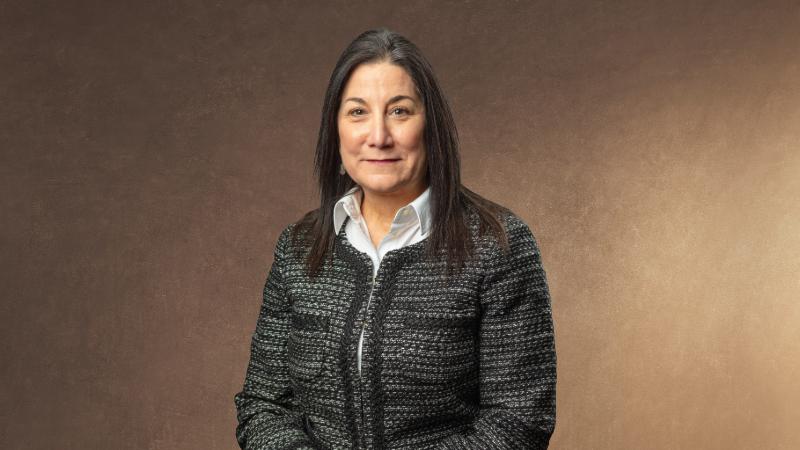
November 6, 2023
During your doctor’s visit, you express that 1) you’re not feeling well rested, 2) you’re not sleeping as well as you used to, and/or 3) you often find yourself tired and are having a hard time staying awake in the middle of the day. Hearing these concerns, your doctor may recommend a Polysomnogram, also known as a sleep study, which is a common test that can help diagnose sleep-related conditions such as sleep apnea, narcolepsy, insomnia, and others. But now you’re wondering, what happens during a sleep study?
A sleep study is not painful and usually takes one night to complete. To start, a staff member will likely contact you to gather basic information, schedule an appointment, and give you instructions for your upcoming overnight stay in the sleep lab. Questions they may ask could include: Will you need special accommodations? Will you have someone such as a spouse, partner, or caregiver stay with you during the study? Do you take any medications before bed? Answers to these questions help staff ensure that you are comfortable during your stay and get the best results possible from your sleep study. At this time, you will also be given instructions to prepare you for your overnight stay, such as not drinking caffeine or alcohol after 2:00 p.m. the day of your appointment and to bring with you any medications you usually take before bedtime, including items that may help you sleep better such as your favorite pillow.
On the night of your sleep study appointment, you will arrive at the sleep center and a Sleep Technician will take you to your private room where you will get ready for bed. The technician will begin placing a series of wires and sensors on your body about one hour before lights out and most people are ready for bed before 10 p.m. These wires and sensors are commonly referred to as “leads.” They track everything from brain waves, heartbeat, and eye movement to leg movement, oxygen level, and muscle tension in the chin. Some of the sensors are self-adhesive while others use an elastic band to hold them in place.
You may ask, how do I sleep with all of these sensors and wires attached to me? Surprisingly, most people can fall asleep as usual with the sensors in place. This is because they are placed close to your body and are bundled together in one harness to allow for movement while you sleep. Once you fall asleep, the technician who is in a control room nearby, monitors and tracks your sleep patterns and watches for abnormal and/or unusual sleep patterns throughout the night.
What happens if I need to use the restroom in the middle of the night? This is easily accommodated. The leads on your body connect to a portable box that connects to the main computer in the control room. If you need to use the bathroom, simply alert your technician and they will come in and disconnect you so you can use the restroom. Once you are back and ready for bed, they will reconnect you and you can go back to sleep and resume your study.
During the night, if your sleep study indicates you are having severe sleep issues, the technician may come into the room and place a soft silicone mask over your nose with a hose connected to a Positive Airway Pressure (PAP) device. Connecting this device to you gives the technician the ability to adjust air pressure to help correct your sleep disorder.
When you get up in the morning, the technician will come into your room and disconnect all the leads. After you have been disconnected, you can begin your normal morning routine and start your day. Some leads may leave an adhesive residue, which can be removed with a mild soap. And that’s the end of your sleep study.
A sleep study may sound intimidating at first, but the majority of patients leave their study having a positive experience. What’s more, they look forward to the answers a sleep study provides and getting their sleep issues under control.
Peter Ratzlaff is the Manager of St. Peter's Health Sleep Lab and Home Oxygen


